Explore the Rich History and Culture of Hang Bac Street in Hanoi
Slightly hidden in Hanoi’s Old Quarter, Hang Bac Street is more than just another crowded alley. It is proof of the complex historical and cultural tapestry that characterizes the city. Walking down this street, you are not only viewing a part of Hanoi but also entering the past encircled by a vibrant, living culture constantly undergoing continual change. Let MOTOGO Tours look into it.
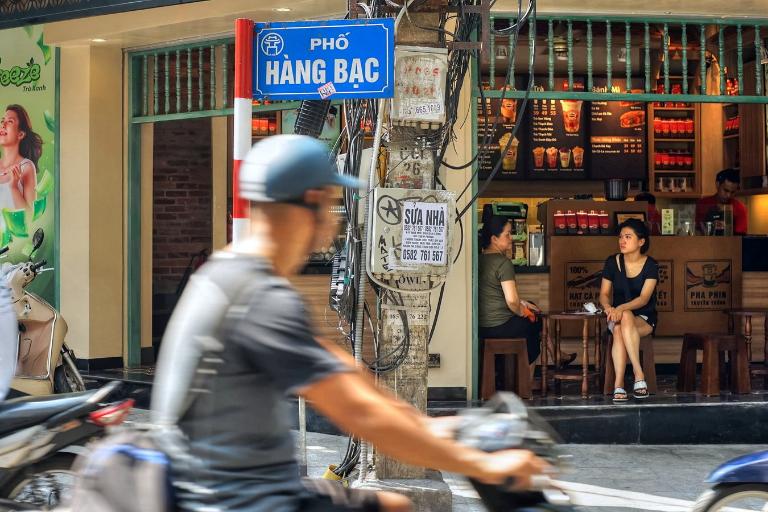
The Story of Hang Bac Street
Actually translating as “Silver Street,” Hang Bac started under King Le Thai To’s direction in the 13th century. It evolved as a hub for silversmiths who brought their creations to Thang Long, now Hanoi, the rising capital. Originally from northern towns, these artists relocated to the city in pursuit of prosperity and opportunity. Over time Hang Bac Street developed into a swarm for trade and silverworking.
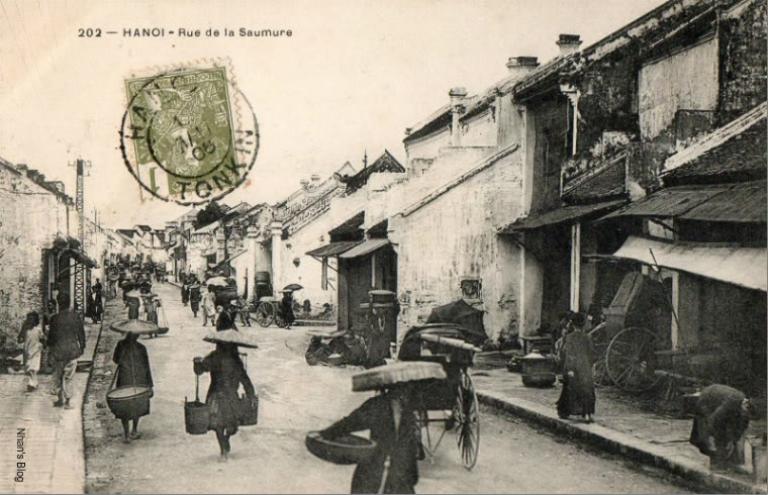
Over the millennium, Hang Bac saw multiple dynastic influences. Tradepeople and artists began to focus on the street under the Nguyen Dynasty. It thrived as a commercial center attracting both locals and tourists searching for its outstanding silver pieces. You could still sense vestiges of its rich past as you stroll through its little lanes now.
Hang Bac Street’s Role in Hanoi’s Old Quarter
Located in the middle of the Hanoi Old Quarter, a district known for its 36 street Hanoi, each traditionally connected to specific trade, Hang Bac Street. Considered as one of the most important routes in Hanoi’s history, Hang Bac was and still is the preferred destination for silver products. Still audible resonating along the little alleyways, the sound of hammers shaping silver reminds one of its traditional past.
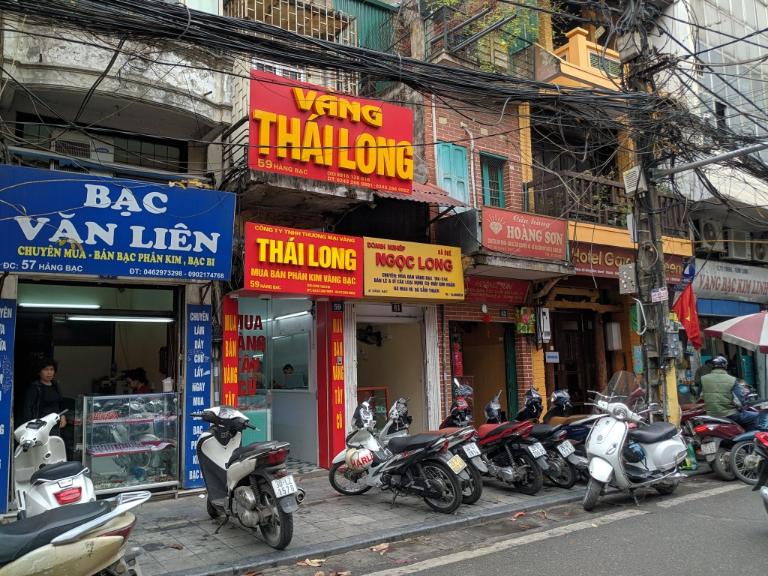
Beyond simply its economic worth, Hang Bac Street was rather significant for the cross-cultural connection between Vietnam and other nations. Chinese, Indian, and even European tradesmen stopped on the street bringing different ideas that helped define its uniqueness.
Conventions in Silver Making
History of Silver Work
Under King Le Thai To’s reign in the 13th century, the traditional silver-making craft on Hang Bac Street had beginnings. At this point, artists from northern Vietnamese cities of Dinh Cong and Chau Khe relocated to the city carrying their refined silversmithing expertise. Early silversmiths helped to establish Hang Bac as the hub of silverworking in Hanoi, therefore earning the street its name, which exactly translates to “Silver Street.”
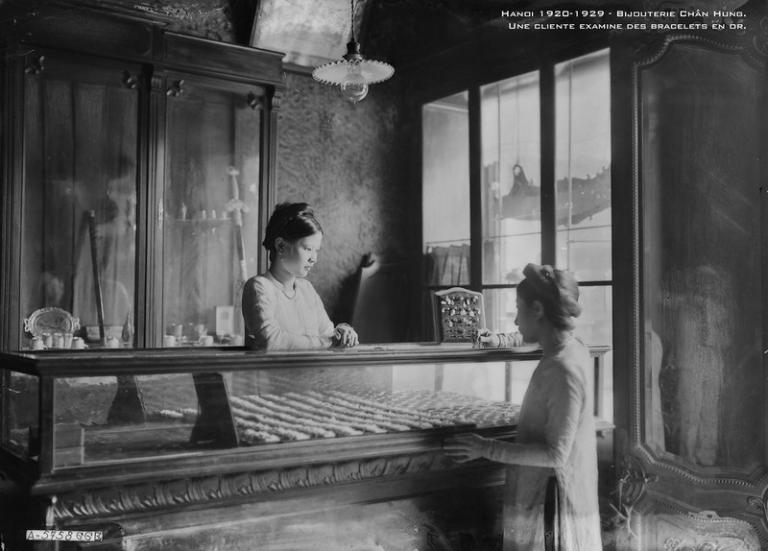
Over decades, the techniques these silversmiths used have been passed on. Mostly unchanged, these methods include tedious artisanal skills including casting, engraving, and sculpting silver into minute patterns. Silver was first wrought by hand; artists would hand-fashion jewelry, melt coins, and sit on the street pounding silver sheets.
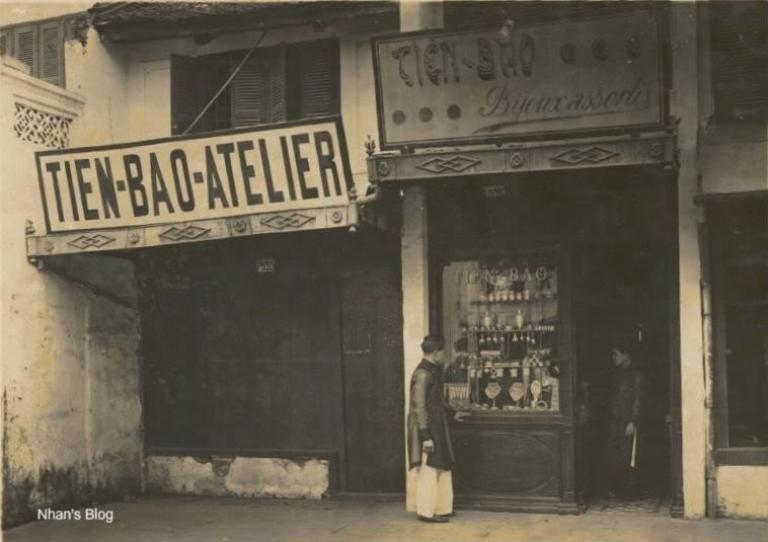
Along Hang Bac’s streets, the rhythmic sound of hammers striking metal would resonate; this sound continues today is associated with the silver trade. Mostly reliant on simple, rudimentary instruments including small hammers, chisels, and molds, these masters of work displayed their unparalleled ability. Making silver jewelry, for example, begins with melting coins into bars, then flattening them into sheets and hand-cutting exquisite patterns.
>>> Let’s see more: Discover Hang Gai Street: A refuge for excellent silk goods.
The Towards Modernity Movement
Early on, the labor consisted only in simple techniques and hand instruments. But the artistry of silversmithing changed as technology advanced. Modern silversmiths on Hang Bac Street have included machine casting, chemical etching, and precision cutting—among other modern technologies and techniques—so allowing more complex designs and faster fabrication. Despite these technical advancements, many establishments still apply traditional methods to help to retain the soul of the work.
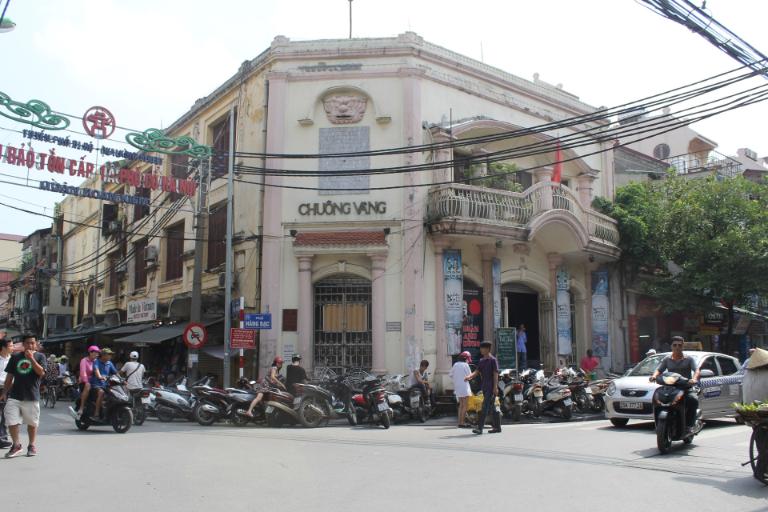
Even now, artists still use conventional techniques including filigree, in which finely woven age-old silver threads create beautiful designs. Every stage of the treatment requires significant expertise and patience. Depending on its complexity, artists could labor on one piece of jewelry for days or even weeks. While technology makes more efficient manufacturing feasible, traditional workmanship is still highly appreciated.
Forms of Silver Goods
Hang Bac Street boasts amazingly many various silver things created there. From daily wear includes rings, bracelets, and necklaces to more elaborate ceremonial pieces including sophisticated candelabra, traditional hairpins, and even stunning sculptures, these range from Traditionally, silversmiths also oversaw the production of coins or silver bars, which were vital for the Vietnamese economy of ancient times.
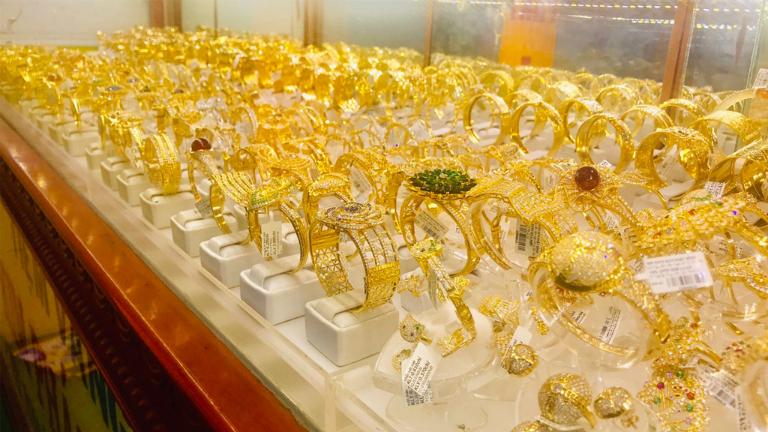
These days, many of the silver pieces on Hang Bac are purchased by tourists seeking out beautiful, handcrafted jewelry. Still, the culture of making larger, ceremonial objects continues. For traditional Vietnamese weddings or religious gatherings, for example, still created and sold here are exquisitely carved silver trays and chopsticks.
>>> Let’s see more: Hang Ma Street – A hot spot for fun and photo-taking during the Tet holiday in Hanoi
Modern Day Hang Bac Street
Blending the Old with the New
Even if Hang Bac Street still shows classic Vietnamese silver artistry, it has changed with the times. Today’s strip consists of modern cafés and boutiques close to old silver stores. This fascinating place to visit is one where their contrast allows history and modernism to coexist together.
Modern markets and businesses including silver markets
Many of the companies you pass along Hang Bac still revolve around the silver trade, offering everything from skillfully created silverware to handcrafted jewelry. Still, many contemporary businesses also feature a selection of other products including handcrafted goods, fabrics, and souvenirs. These more modern businesses cater to the rising influx of tourists looking for Hanoi’s Old Quarter.
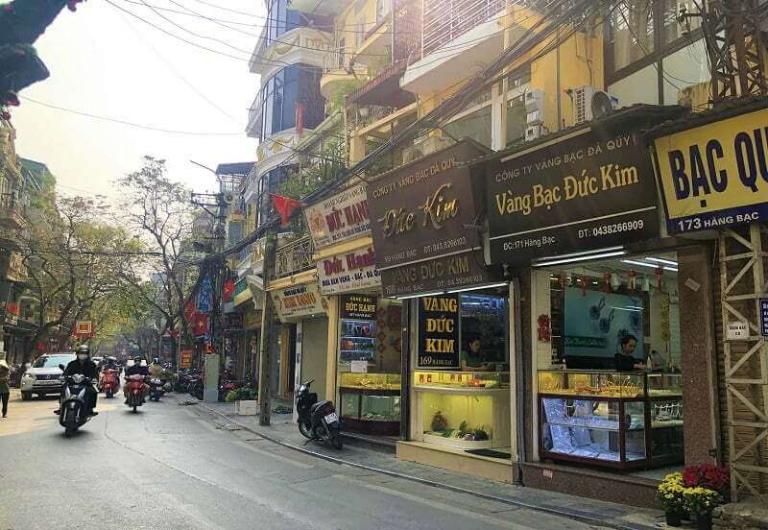
Great Silver Shops on Hang Bac Street
Among the best stores for excellent silver goods on Hang Bac Street are Bao Tin Minh Chau, Binh Minh Jewelry, and Hang Bac Silver Workshop. From complicated silver sculptures to rings and necklaces, these establishments are well-known for their workmanship and range of products. Apart from silver, several of the stores on Hang Bac carry other handcrafts and gifts like textiles, lacquerware, and ceramics. These items offer a unique way to carry a small piece of Vietnam with you back home and are great presents.
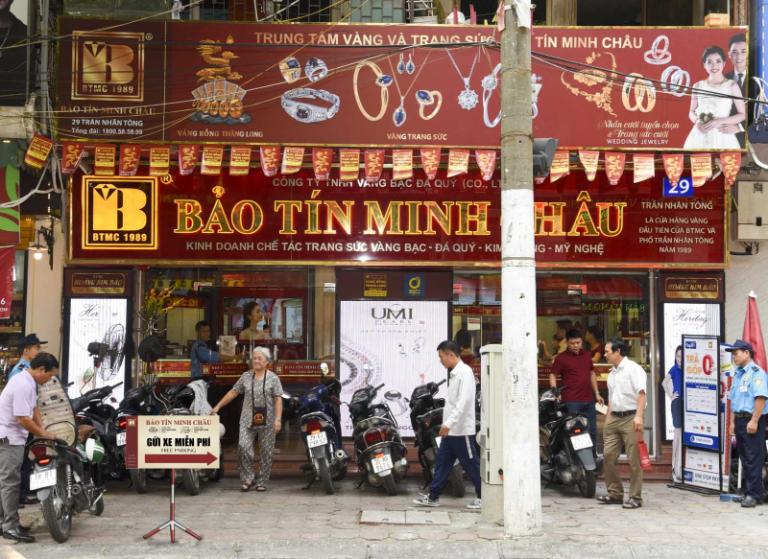
>>> Article for you: Ho Chi Minh Mausoleum: A Comprehensive Guide to Vietnam’s Iconic Landmark
Visiting Hang Bac Street
Best Moments to Capture the Street Spirit
If you wish to properly enjoy Hang Bac Street, visit early in morning or late afternoon. By lighting the street’s buildings and lanes, the soft illumination at these times highlights the textures and colors defining Hang Bac’s visual attractiveness.
Directions to Hang Bac Street
Easily accessible from all throughout Hanoi, Hang Bac forms the hub of the Old Quarter. From nearby locations like Hoan Kiem Lake, you might walk, ride a taxi or motorbike. If you are staying in the Old Quarter, it’s a great walk over Hanoi’s meandering streets. Renting a motorbike or going on motorbike rides in Hanoi can also help you to conveniently explore Hang Bac. In addition, to enhance your experience, you can choose guided tours like Hanoi Motorbike Tours. They will provide a comprehensive overview of Hang ‘s history and significance
While you’re visiting Hang Bac, be sure you also explore some of the other well-known Old Quarter streets. Walking distances let Hoan Kiem Lake, Dong Xuan Market, and Ma May Street quickly turn your excursion into an all-day of exploration.

Rather than merely a place, Hang Bac Street is a journey across time, culture, and workmanship. Whether your interests are in shopping for handcrafted silver, visiting historical buildings, or simply savoring the Old Quarter atmosphere, Hang Bac Street offers something for everyone. Therefore, make sure you walk down this well-known street the next time you are in Hanoi.
Related posts







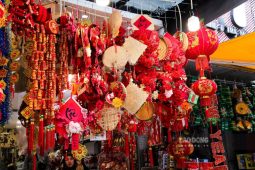



Be the first to comment!